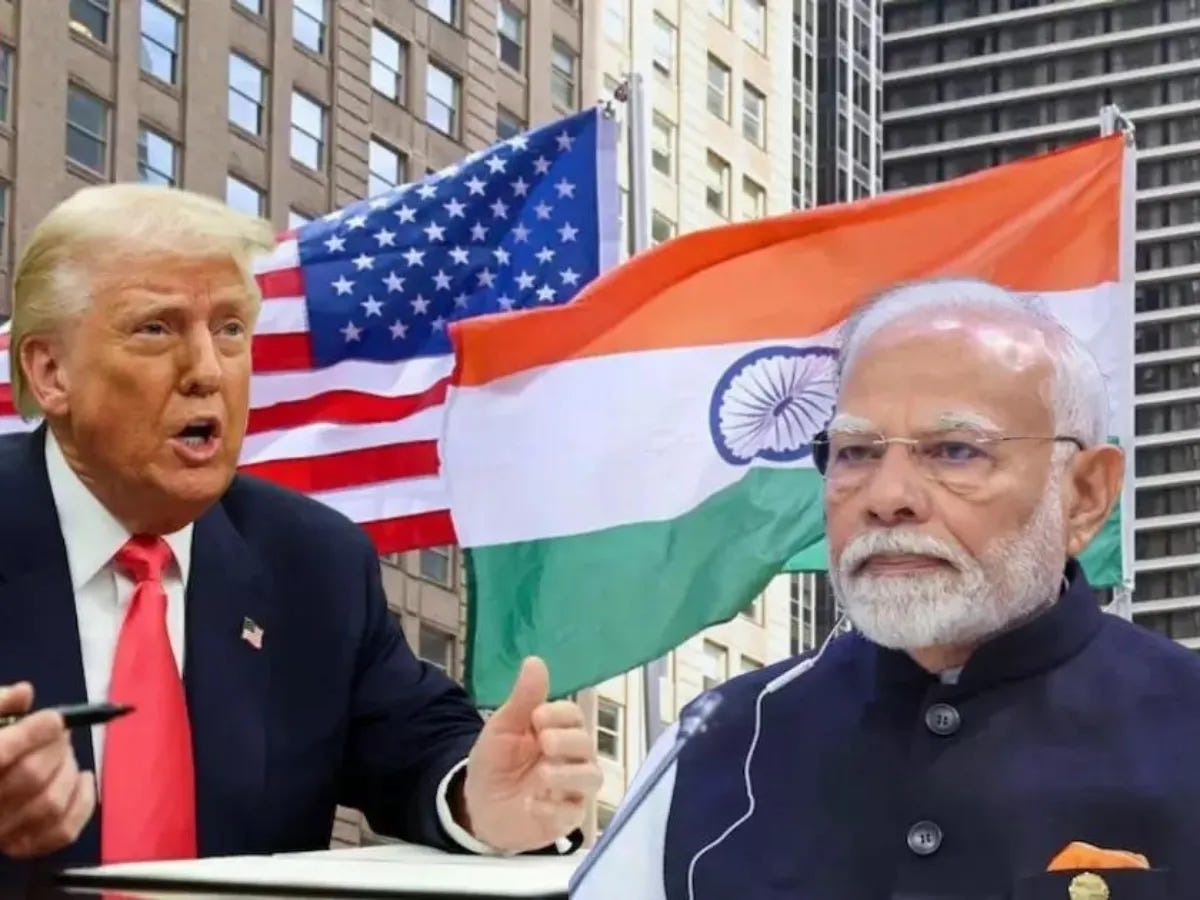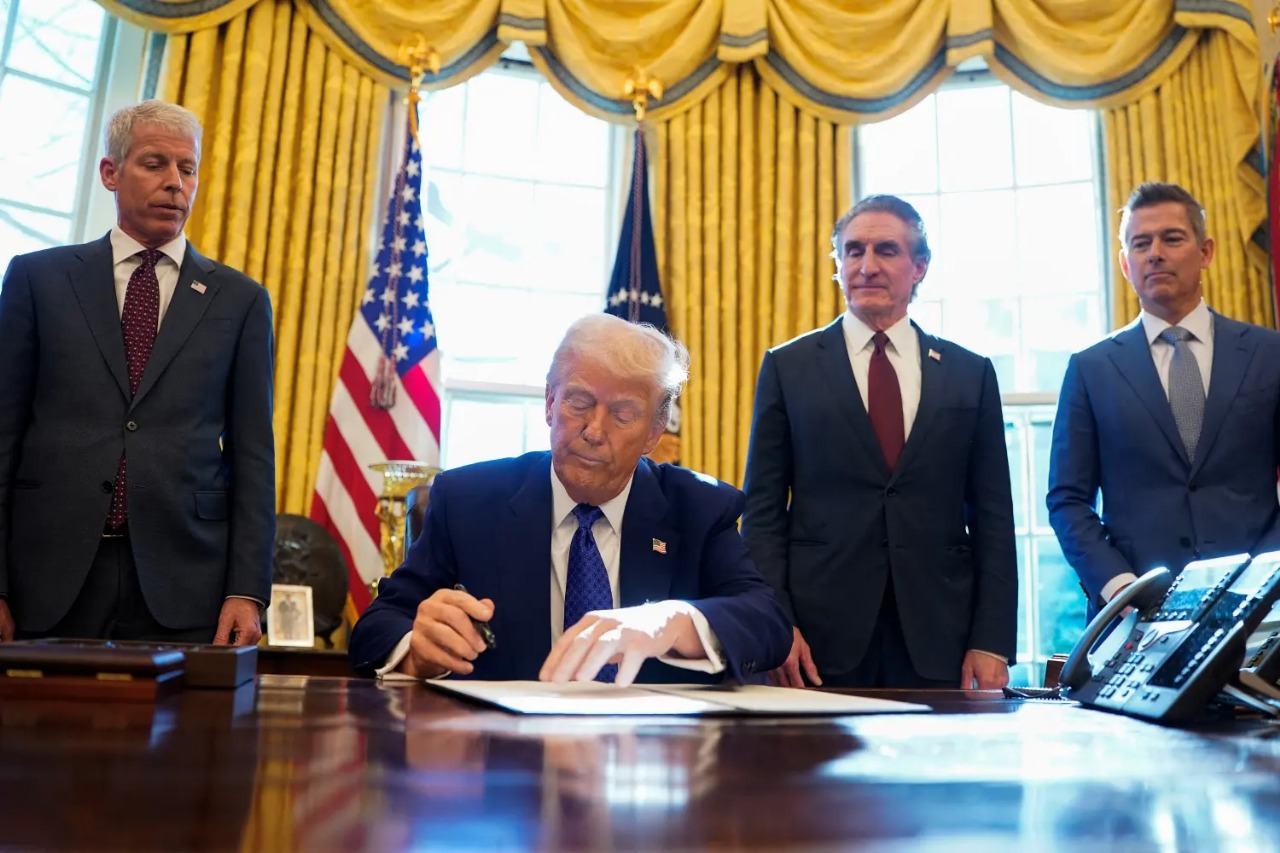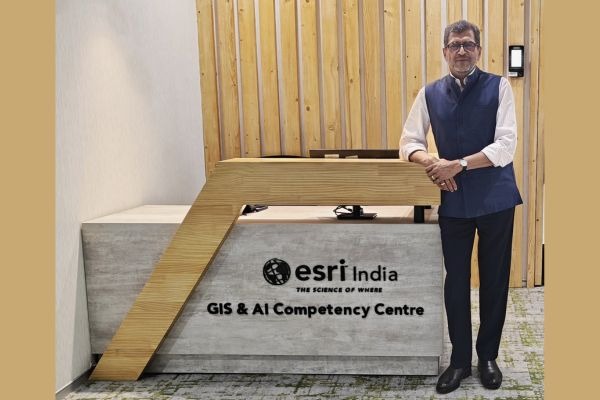 Image Source: Geopolitics Unplugged
Image Source: Geopolitics Unplugged
As the July 9 deadline for the reimposition of steep US tariffs looms, the Trump administration has publicly reaffirmed India’s status as a “very strategic ally” in the Indo-Pacific, even as trade negotiators from both nations scramble to finalize a major bilateral deal. White House Press Secretary Karoline Leavitt emphasized the strong personal rapport between President Trump and Prime Minister Modi, underscoring that the two leaders are “very close” to announcing a trade agreement that could reshape commerce across key sectors.
Key highlights:
Strategic Partnership: The White House has repeatedly described India as a “key strategic ally,” highlighting the deepening ties amid growing regional competition with China and the ongoing QUAD Foreign Ministers’ meeting in the US.
Imminent Trade Deal: Negotiators are working around the clock in Washington, with all terms reportedly agreed upon and a formal announcement expected before the July 8 deadline. The deal aims to avert the automatic imposition of up to 26% reciprocal tariffs on Indian exports to the US.
Sticking Points: The US is pressing India to lower duties on agricultural products (maize, soybeans, dairy, apples, nuts) and industrial goods, while India seeks relief for its labor-intensive sectors such as textiles, gems, leather, and pharmaceuticals. Agriculture and dairy remain non-negotiable red lines for India due to political sensitivities and domestic farmer interests.
Political and Economic Stakes: Both sides face domestic pressure—India from farmers and MSMEs, the US from its agricultural lobby. India is also pushing for the removal of US safeguard duties on steel and aluminum, while offering significant tariff reductions on a broad range of US goods.
Broader Vision: The agreement is expected to be the first phase of a comprehensive pact, targeting bilateral trade growth from $191 billion to $500 billion by 2030, with further rounds planned for October 2025.
The outcome of these negotiations will have far-reaching implications for global trade alignments, supply chains, and the strategic balance in the Indo-Pacific.
Sources: India Today, Times of India, Financial Express
Advertisement
Advertisement







